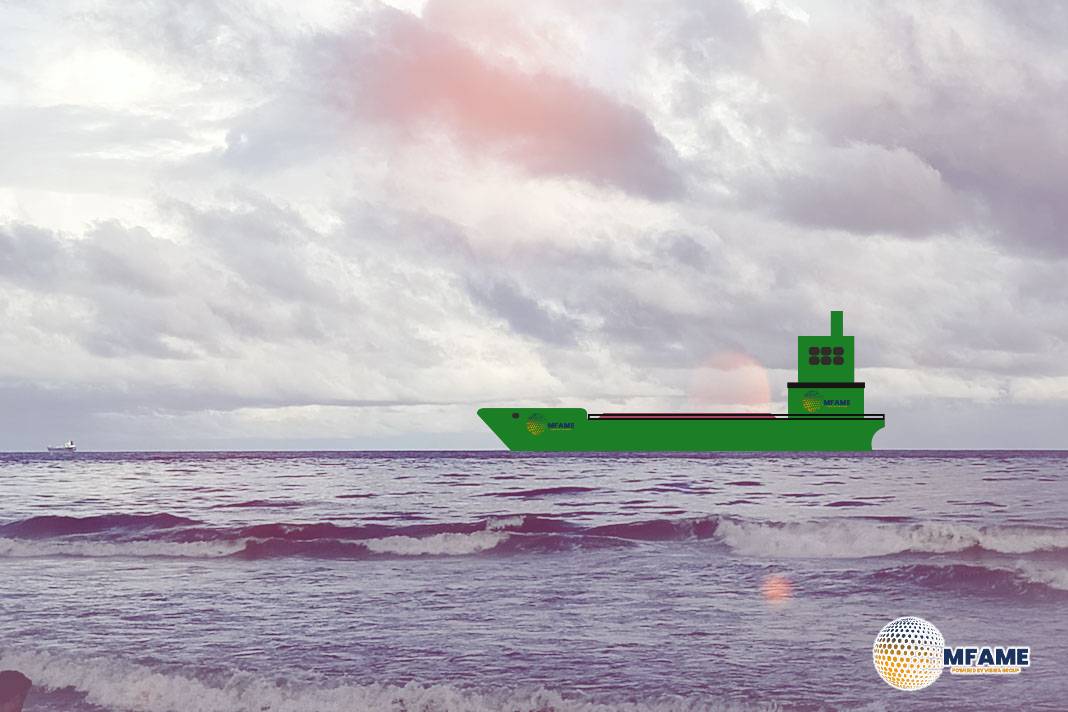Welspun New Energy is making aggressive strides to develop its renewable ammonia projects in India, aiming for 1 million metric tons per year capacity by 2030, driven by the anticipation of sharply falling renewable hydrogen production costs and supportive infrastructure.
Renewable Ammonia Capacity and Project Readiness
Welspun New Energy is focused on achieving 1 million metric tons/year renewable ammonia capacity by 2030. The company has two key renewable hydrogen/ammonia projects strategically located near Kandla port in Gujarat and Paradeep port in Odisha, positioning itself to leverage India’s favorable costs and policies for export to Europe and Asia. Welspun has secured 20,000 acres of land for renewables and land at the ports for green derivative production, confirming infrastructure readiness.
The company has completed feasibility studies and pre-front-end engineering and design (pre-FEED) for both projects and is in advanced negotiations for electrolyzer supply and ammonia licensing partnerships. Welspun has signed memoranda of understanding (MOUs) with European and Asia-Pacific counterparts and aims to transition these projects from the MOU stage to physical groundbreaking within the next 18-24 months.
Outlook on Hydrogen Production Costs
Welspun anticipates that the cost of producing renewable fuels in India will fall significantly, providing a competitive advantage.
- Current and Near-Term Costs: The current crude oil refinery tender prices for renewable hydrogen are between $3.5/kg and $4/kg. For a utility-scale project in a special economic zone/export-oriented unit, the levelized cost of hydrogen (LCOH) is expected to be in the $2.5-3/kg range.
- 2030 Price Forecast: Welspun expects the LCOH to fall below $2/kg by 2030. This optimism is based on continued improvements in solar module efficiency, a decline in battery prices, and advances in electrolyzer performance.
- Global Context: This outlook is highly competitive when compared to current Platts assessments, which placed hydrogen produced via alkaline electrolysis at $4.96/kg in Oman and $5.36/kg in Japan as of October 3.
Market and Policy Environment
India’s recent green ammonia auctions are sending a strong signal about the country’s readiness and cost-competitiveness in the global clean fuel trade.
- Auction Results: India’s domestic renewable ammonia auctions in July and August concluded at a weighted average price of approximately $604/mt, setting a new, attractive price point for the global market.
- Global Momentum: While overall global momentum for renewable hydrogen has slowed due to cost pressures and evolving policies, structural drivers such as industrial decarbonization, energy security, and net-zero commitments remain strong. Welspun foresees hydrogen and ammonia moving from pilot projects to mainstream adoption by 2030 in hard-to-abate sectors like fertilizer, refining, shipping, and road transportation.
- Kandla Port as a Bunkering Hub: State-run Deendayal Port Authority is actively positioning Kandla port as a strategic renewable methanol bunkering hub to fuel vessels on the Singapore-Rotterdam corridor, preparing for strict EU emissions regulations.
Did you subscribe to our daily Newsletter?
It’s Free Click here to Subscribe!
Source: S&P Global

















